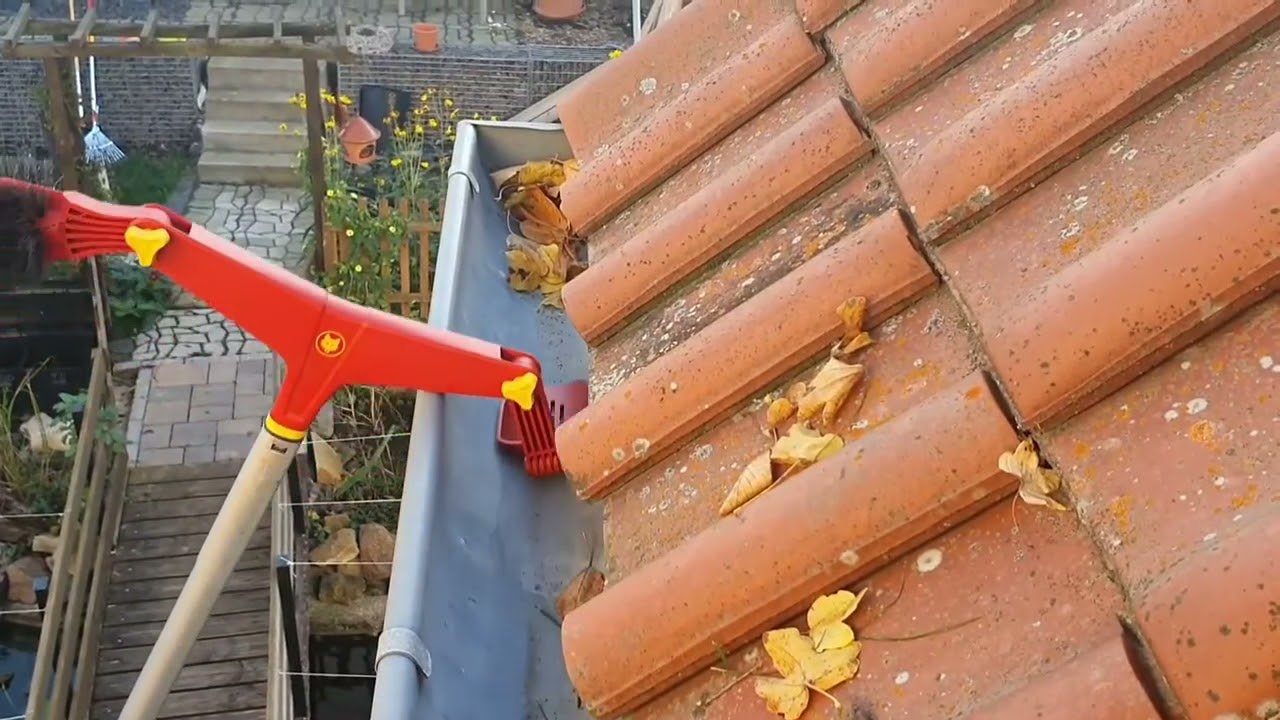
Choosing the Right Tools for DIY Gutter Cleaning
Gutter cleaning is an essential task for homeowners to maintain the integrity of their homes and prevent water damage. While hiring a professional gutter cleaner is a much better option, many people prefer to tackle the task themselves. However, to ensure a successful and safe gutter cleaning experience, it is crucial to have the right tools at hand. In this article, we will explore the different tools available for DIY gutter cleaning and provide guidance on choosing the right ones for the job.
1. Safety Equipment
Before we delve into the specific tools for gutter cleaning, it is vital to prioritize safety. Working at heights can be dangerous, so it is crucial to have the following safety equipment:
Sturdy ladder: Choose a ladder that is tall enough to reach your gutters and has a stable base. Ensure that it is in good condition and placed on a level surface.
Safety harness: For added security, consider using a safety harness that can be attached to a secure anchor point.
Non-slip shoes: Wear shoes with good traction to prevent slipping on wet surfaces.
Gloves and protective eyewear: Protect your hands from debris and wear safety glasses to shield your eyes from any potential hazards.
2. Gutter Cleaning Tools
Once you have the necessary safety equipment, it’s time to gather the tools specifically designed for gutter cleaning. Here are some options to consider:
Gutter scoop: A gutter scoop is a handheld tool designed to remove leaves, debris, and sediment from the gutters. Look for one with a curved shape that can fit easily into the gutter channels. Plastic scoops are lightweight and less likely to damage the gutters.
Gutter tongs: Gutter tongs are another useful tool for removing debris from gutters. They have an extended handle and a gripping mechanism that allows you to grab and remove debris without having to climb up and down the ladder frequently.
Gutter brush: A gutter brush is a long, cylindrical brush that can be inserted into the gutters to remove leaves and debris. The bristles of the brush allow water to flow freely while trapping debris on top.
Pressure washer attachment: If your gutters are clogged with stubborn dirt or debris, a pressure washer attachment can be a powerful tool. Attach it to your garden hose or pressure washer, and it will help clear away the blockages effectively.
Wet/dry vacuum: A wet/dry vacuum with a long hose attachment can be used to suck up debris from the gutters. This tool is particularly useful for removing wet leaves or small twigs that may be difficult to remove manually.
Gutter cleaning wand: A gutter cleaning wand is an extendable tool that allows you to clean the gutters from the ground. It usually comes with a high-pressure nozzle that helps dislodge debris and flush out the gutters.

3. Considerations for Different Gutter Types
When choosing the right tools for DIY gutter cleaning, it is essential to consider the type of gutters you have. Here are some factors to keep in mind:
Aluminium gutters: Aluminium gutters are lightweight and can be easily damaged by sharp or abrasive tools. Opt for softer tools like plastic scoops or brushes to avoid causing any dents or scratches.
Vinyl gutters: Vinyl gutters are prone to cracking under pressure. Avoid using tools that exert too much force, such as pressure washer attachments. Stick to gentle cleaning methods like brushes or tongs.
Copper gutters: Copper gutters are durable and can withstand more robust cleaning tools. However, be cautious not to scratch the surface or cause any damage. Soft-bristled brushes or gutter tongs are suitable options.
Galvanized steel gutters: Galvanized steel gutters are sturdy and can handle more aggressive cleaning methods. Pressure washer attachments or gutter cleaning wands with high-pressure nozzles can be effective for removing stubborn debris.
4. Maintenance and Additional Tips
To ensure the longevity of your gutter cleaning tools and maintain their effectiveness, follow these maintenance tips:
- Clean and dry the tools after each use to prevent rust or corrosion.
- Store the tools in a dry and secure area to avoid damage.
- Inspect the tools regularly for any signs of wear or damage. Replace or repair them as needed.
- Before using any tools, inspect the gutters for loose screws, sagging sections, or other signs of damage. Make any necessary repairs before proceeding with the cleaning.
In addition to having the right tools, here are some additional tips for DIY gutter cleaning:
Plan your work: Choose a day when the weather is dry and calm. Avoid working during or immediately after heavy rain to ensure the gutters are not full or overflowing.
Start from the downspout: Begin cleaning near the downspout and work your way towards the corners. This will ensure that any loosened debris flows towards the downspout for easy removal.
Use a tarp or bucket: Place a tarp or bucket on the ground to collect the debris as you clean. This will make the cleanup process easier and prevent debris from clogging drains or causing a mess.
Regular maintenance: Regularly clean your gutters to prevent excessive buildup of debris. Depending on your location and the surrounding foliage, aim to clean the gutters at least twice a year, in spring and autumn.
Conclusion
DIY gutter cleaning can be a rewarding task if you have the right tools at your disposal. Prioritize safety by using appropriate safety equipment, such as a sturdy ladder, safety harness, and protective gear.
When it comes to gutter cleaning tools, consider options like gutter scoops, tongs, brushes, pressure washer attachments, wet/dry vacuums, and gutter cleaning wands. Take into account the type of gutters you have and choose tools that are suitable for their material.
Remember to maintain and store your tools properly to ensure their longevity. With the right tools and proper maintenance, you can keep your gutters clean and prevent potential water damage to your home.




